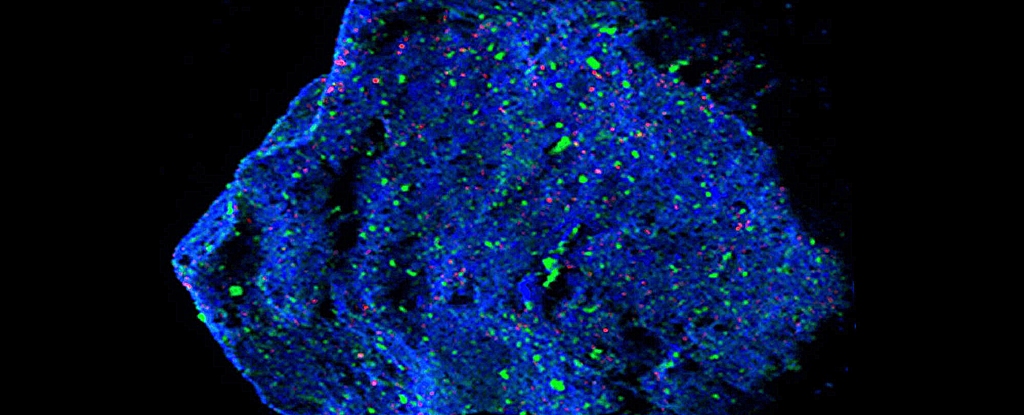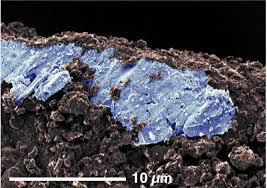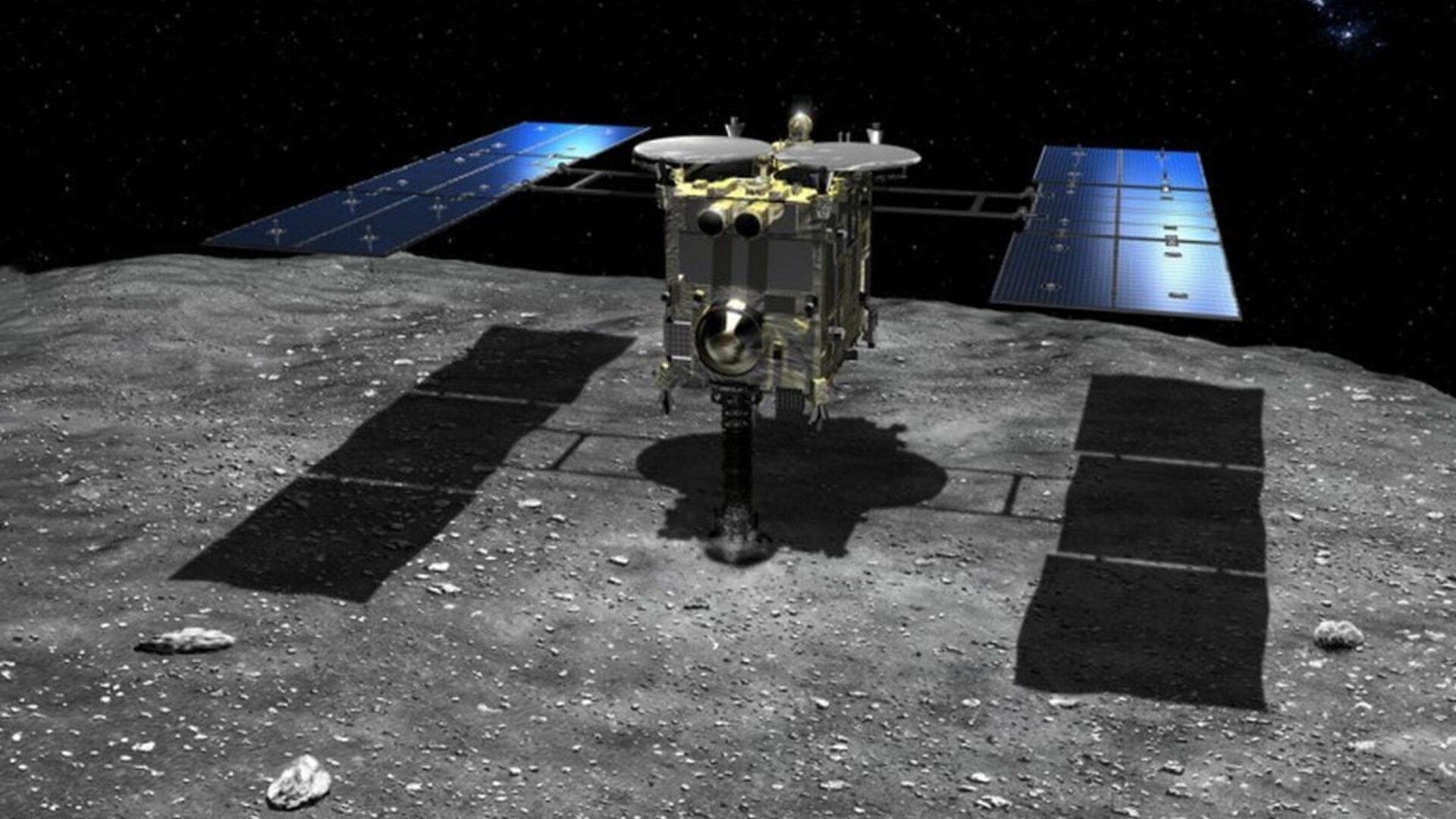
The asteroid Ryugu is an echo from the deep, distant past. Two tiny grains of the rock, delivered to Earth in 2020 by the famous Hayabusa2 mission, contain minerals older than any found on our planet.

A team of researchers has found evidence of salt minerals in samples recovered from Ryugu during the initial phase of Japan's Hayabusa2 mission.

Asteroid Ryugu possibly did not travel as far from its place of origin to its current near-Earth orbit as previously assumed. New research suggests that Ryugu was formed near Jupiter.

A team of scientists have performed an intensive investigation of Ryugu samples, discovering evidence that points to cometary organic matter being transported from space to the near-Earth region.

According to an analysis of grains collected from asteroid Ryugu, at least part of the carbon-rich rock started its life much farther from the Sun before ending up in the asteroid belt and then, ultimately, at roughly Earth's distance from the Sun.

An international team has analyzed samples taken from the asteroid Ryugu in 2018 by the Hayabusa2 mission and found uracil, one of the five key bases of the RNA and DNA molecules that are crucial to life as we know it.

Geoscientists have now discovered areas with a massive accumulation of rare earths and unexpected structures.

An international team of researchers studying dust samples retrieved by the Hayabusa-2 space probe, has found that some of its dust grains are older than the solar system.

Japanese researchers have discovered more than 20 amino acids on the space rock Ryugu, which is more than 200 million miles (320 million kilometers) from Earth.

In 2014, the Japanese Space Agency JAXA launched the Hayabusa 2 spacecraft to visit asteroid Ryugu. It arrived at the asteroid in June 2018 and studied it from orbit for over a year.

The container with material from a space rock called Ryugu parachuted down near Woomera in South Australia on Saturday evening. The samples were originally collected by the Japanese spacecraft Hayabusa-2.